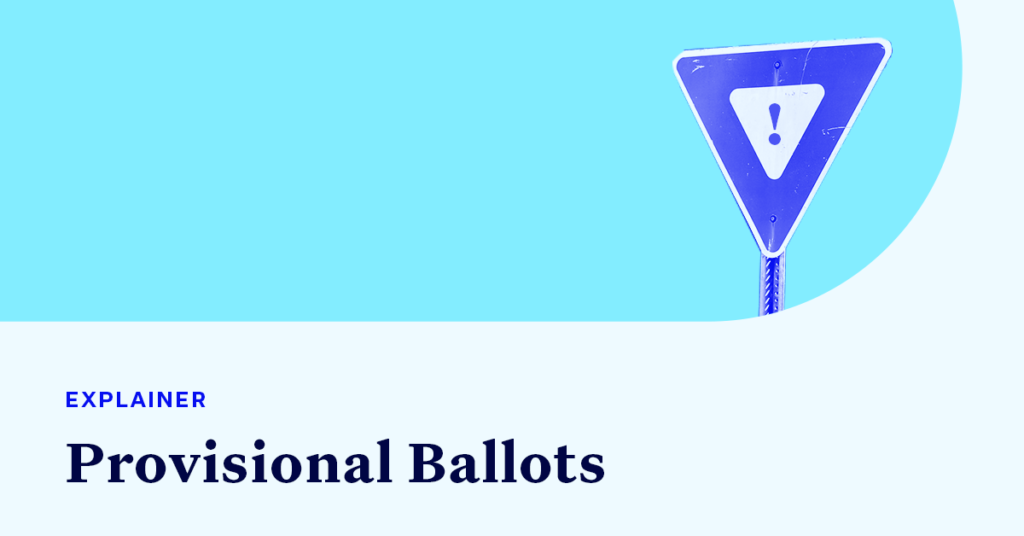Handed a Provisional Ballot? Know What It Means

You arrive at the polls and line up to vote, but when you check in the election official hands you something called a “provisional ballot” — or in some states, a “challenge ballot” or “affidavit ballot.” What’s the deal?
A voter is sometimes required to vote using a provisional ballot instead of a regular ballot when election officials can’t immediately determine if the person is eligible to vote. However, a provisional ballot will only be counted if election officials decide after the polls close that the person is an eligible voter.
Here’s what you need to know about provisional ballots.
Why did you receive a provisional ballot?
The reasons you might be asked to vote using a provisional ballot vary by state. The most common reasons include:
- Your name is not on the poll or voter registration list at that polling location
- Your name or address changed since you last updated your voter registration
- You are unable to provide the identification that your state requires
- You showed up to a polling location in the wrong precinct
- A poll watcher or other observer challenged your eligibility to vote
Does a provisional ballot count as a real vote?
Yes, but only if election officials determine you are an eligible voter. Provisional ballots are kept separate from regular ballots until after the polls close and are only counted if election officials determine the voter was eligible to vote in the election.
What should you do if you receive a provisional ballot?
Carefully read the instructions on the provisional ballot and any materials you receive. Ask questions if you aren’t sure what to do next.
Many states allow voters to correct or “cure” provisional ballots by presenting proof of eligibility to the local board of elections after voting. The requirements for curing a provisional ballot depend on your state’s rules and the reason you were required to use a provisional ballot. For example, if you forgot your ID when you voted, your state might count your provisional ballot if you present an acceptable form of ID to your local board of elections within a few days of the election.
Make sure to find out:
- The specific steps needed to cure your ballot
- What information or documents you need to provide to prove your eligibility
- Where to present or submit these materials
- The deadline for submitting these materials
Once you know how to cure your ballot, follow through to make sure your vote counts, no matter what type of ballot you filled out!